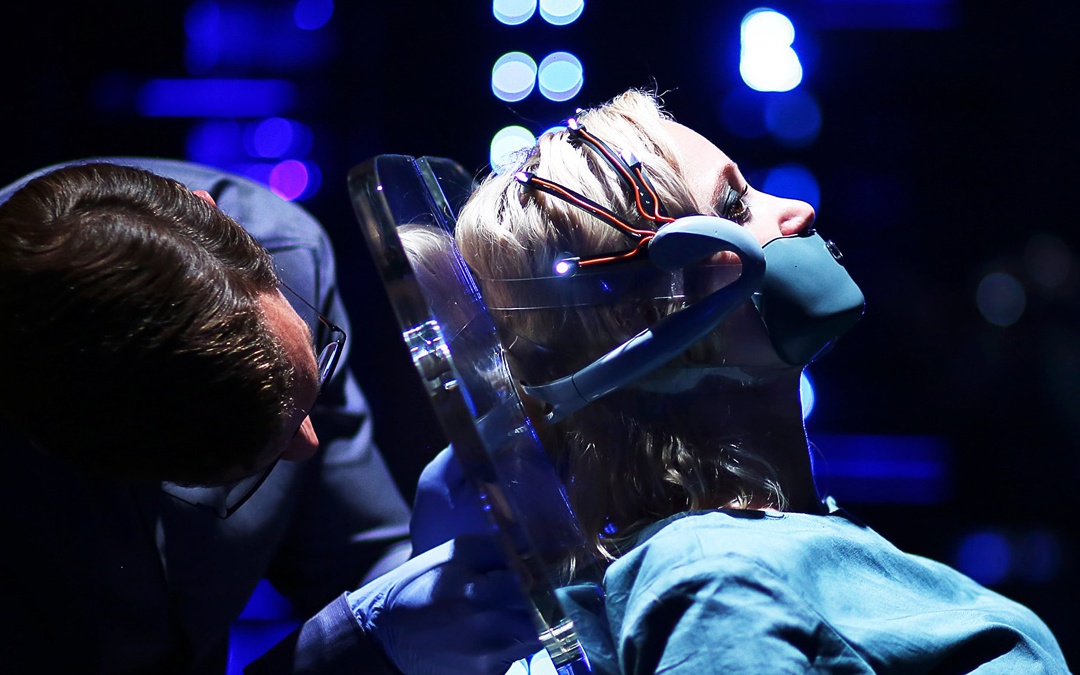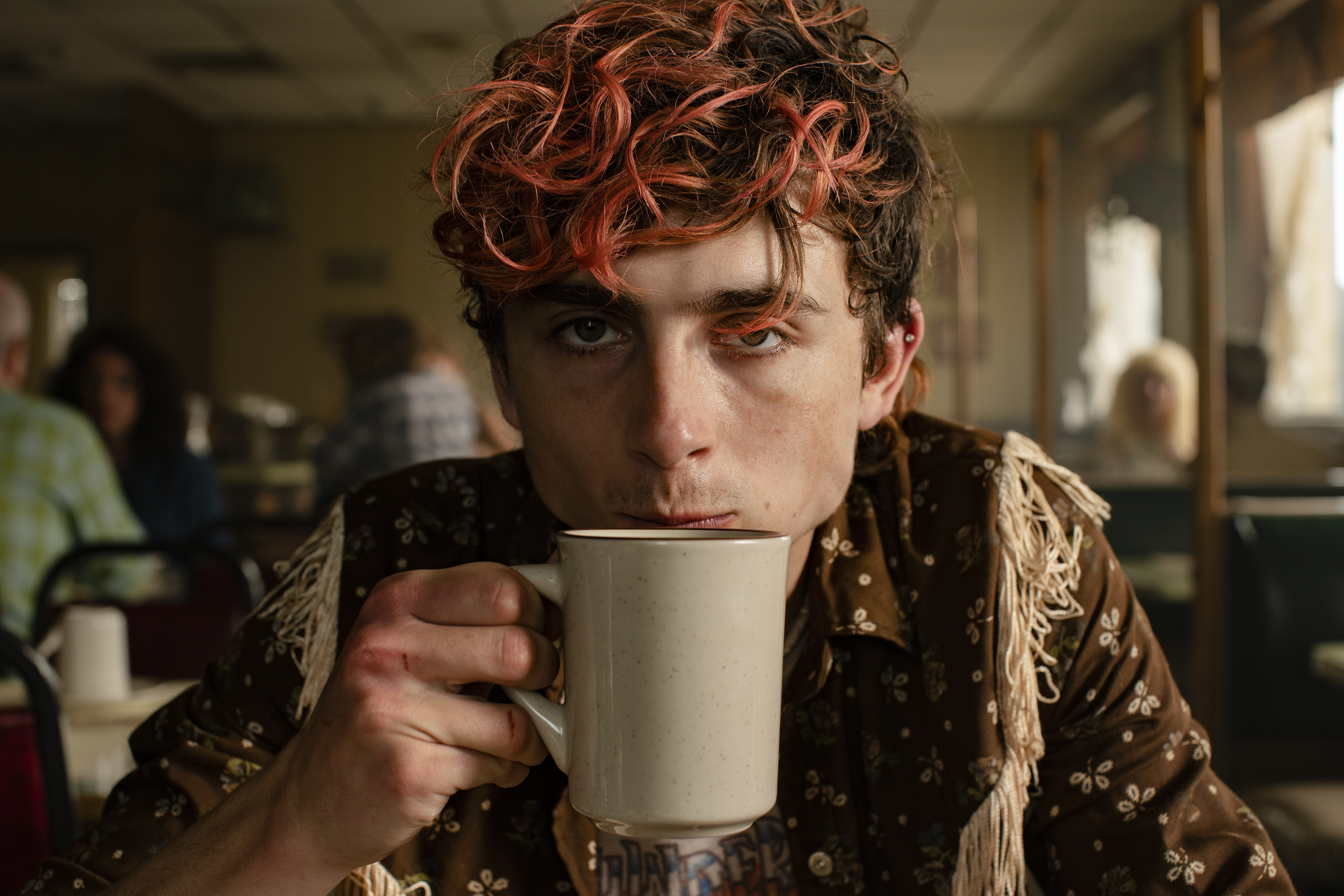Write What Makes You Nervous: Suspiria Writer David Kajganich's Advice on Screenwriting
November 10, 2018
Screenwriter David Kajganich re-imagined 1977 cult classic Suspiria as a wickedly twisted supernatural thriller. The film writhes with suspense and engulfs audiences in the bewitching crimson coven of feminine fury inhabited by actors Tilda Swinton, Dakota Johnson and Chloë Grace Moretz.
Directed by Luca Guadagnino (Call Me by Your Name), the remake of Dario Argento's original premiered in theaters on October 26, 2018.
Here, Kajganich talks the research, suspense and boldness that went into the film’s screenplay.
Celeste Thorson: What was your process for remaking such an influential foreign film?
David Kajganich: The original is quite iconic. When it was proposed to me by Luca to write the remake, my first thought was, “How do you keep from being pulled in by the tractor beam of what made that original film iconic?” A lot of what made Argento's Suspiria so famous or infamous was the score, production design, color palette, the way it was directed.
All of those things aren’t really what I, as the screenwriter writing a reimagining, would be able to pull into my work anyway. It relieved of a lot of anxiety on my part for a remake because I knew many things about the original weren't going to apply to my work in … the story. We knew we didn’t want to imitate the original in those respects.
CT: Many artistic choices transcended dialogue. Did those intentions develop on the page or reveal themselves during production?
DK: Well, screenplays are obviously more than just dialogue. A lot of the detail that you see in the film, particularly in regards to the character development or exposition about the period, all that is mentioned in the script.
That’s not to say the world of the film, the feeling, wasn’t a product of the whole host of collaborators. I did quite a lot of research into the period; into dance, the psychological and philosophical points of view that are explored in the film. So, the script was really a specific roadmap for what everyone else was meant to be doing. I tend to like very rigorously researched story that’s hopefully useful to the production designer or the other collaborators.
CT: What inspired the motivations of your predominately female characters and how did you reflect that in their identities?
DK: I’m a pretty practical person, and so when I am working on a script, I try to see the world of the script in practical terms. Luca wanted the world to have the kind of practicality of real people in a real organization. In this case, a witches' coven; but an organization that felt like any other organization that had its politics, array of personalities that may or may not get along with one another, and has its blind spots and agendas. We wanted our version to be about the outside world as much as the inside world of the coven. That’s one of the reasons we wanted the film to be set in 1977 Berlin. We could really take all of the history of the time and the post-war conflict that was happening to the youth culture, and all of the parents and grandparents who they believe were implicated in World War II and the rise of the Nazis. In the middle of all of that chaos, we have a coven thinking “this is a fantastic opportunity to start re-wielding our influence if we can get our house in order.”
From start to finish, the world was impregnated with high conflict circumstances, which elevated the suspense.
CT: When writing suspenseful scenes what do you try to capture?
DK: It’s important that you feel that what is happening is happening to a real or genuine person. I think bad thrillers really end up doing themselves no favors by prioritizing thrills in place of character. If you can build a character that you care about and show us that the threat against them is something that they feel on a personal level, then all of it is more frightening and exciting because we want that person to be a peer as opposed to an object on the screen. You want that person to succeed, or at the very least you don’t want that person harmed. For me, good thriller scenes are really about writing character scenes and making sure the audience is connected to the character in spite of the current circumstances.
CT: There is some strikingly visceral dialogue like, “When you jump, it’s not the height; it’s a space beneath you that matters.” How did you approach crafting memorable quotes for your characters?
DK: Thank you for saying that. I always try to have as much dialogue come out of my research as possible. I don’t mean quoting other people. I just mean, the line you just quoted about what a jumper is in dance, that came from listening to interviews with Martha Graham. I think she was trying to talk about the body’s relationship to space and various movements and dance and that sometimes people misunderstand what the movement is about. I try to make sure that I’m not just winging it; that through a lot of research I somehow become expert enough to anticipate how a dancer would talk about dance, things that I just can’t make up or invent. So, I spend months researching them.
CT: What advice do you have for aspiring screenwriters?
DK: My advice is always to have the boldest possible point of view you can. Make sure that it’s earned. Trying to emulate what’s in fashion is the biggest mistake a young screenwriter can make. I think writers should be writing things that make them nervous because they don’t know if they’re going to be able to pull them off; writing with a strong point of view about what it is you’re trying to say about the world. The more audacious that can be, the better chance you can have with having your script rise above the fray of all the scripts that are doing the opposite; that are just writing what they think people want to read.
Written by: Celeste Thorson
Celeste Thorson is a Los Angeles based screenwriter and actress. She’s written and produced numerous lifestyle and E/I television shows. She’s appeared on episodes of CBS’ How I Met Your Mother, ABC’s Jimmy Kimmel Live, NBC’s Heartbeat, USA Network’s Unsolved, and TV Land’s The Exes. You can learn more about her work at imdb.me/celestethorson and follow her on Twitter @CelesteThorson



